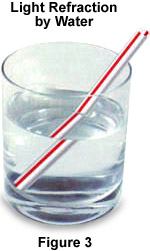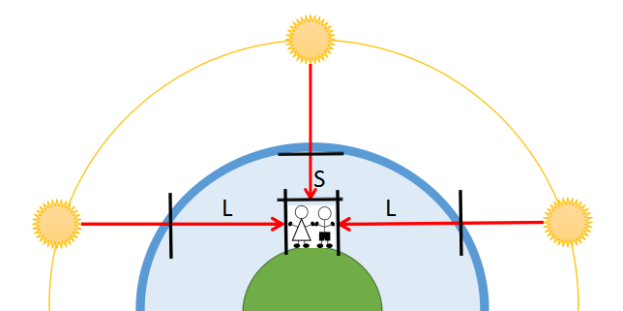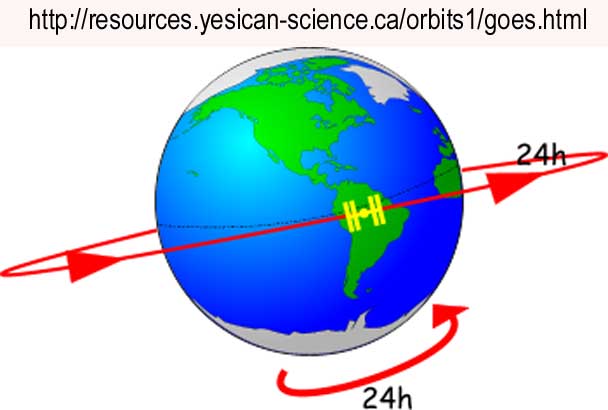Addressing a concern from some CC folks about how to fill out our Science Experiment time with the VanCleave Experiments, I posted the following and I want to repost it here in its entirety for all of you!
A Word on Science Experiments and the Five Common Topics
At our community I’m the “science Mom.” I have always loved discovery and exploration. My curiosity pointed me toward science from the time I was a little girl. After a double major in Chemistry and Mathematics in college I went on to earn my Masters and Doctorate in Paper Science and Technology (Engineering, Chemistry, Mathematics, Physics, Biology). I had no idea how God would come into my life after my career in the academic arena! I only mention all this to give you just a little background on why I have such a passion for science. As I grow with Christ, I am more and more in awe of how science brings glorify to God’s creation. I really love the verse from Practicum this year: Proverbs 25:2 “It is the glory of God to conceal things but the glory of kings is to search things out.” This response is not about me, it is for His glory!
During community day, you would find me hanging around the science area. I was asked by tutors and my director to add a little commentary and depth to our science projects. I did not “teach” a lesson or “take over” from the tutor. I simply answered questions and asked a few additional questions to help the tutors create a atmosphere of discussion. Not until Practicum this summer did I realize I was essentially using the Five Common Topics; “Definition, Comparison, Relationship, Circumstance and Testimony” in a very informal way.
I’ve seen a common concern in this thread that it can be challenging to fill a full 30 minutes for some of our science projects, especially the VanCleave experiments. This is not because of the quality of the experiments or the selection made by the CC Academic team. I think that the experiments resonate with the Foundation Memory work beautifully, creating the layers of information that is central to the trivium. Seeing this concern I think God has laid it on my heart to share with all of you what my community has done and see if it can help everyone. Believe me, I know how kiddos (especially my boys) can get “overly energetic” if there is to much empty time to fill!
This year in academic orientation, it is my understanding (please correct me if I missed something) that we are to focus less on lab sheets/worksheets (I love you Miss Wizzle!) and more on observations, using our white boards to sketch or record our observations. What I took away from that part of training was that during our science experiment/project time, we should be engaging the kiddos through discussion and observation. Spend time introducing and discussing the vocabulary, going over the Scientific Method and applying it to each specific science experiment/project. Although worksheets are great reinforcement, academic training emphasized they are better left for at home time.
This is not to suggest we need a full 30 minute lesson plan. I believe that would not be in-line with the intent of the science experiment/project time as it would put more emphasis on the tutor as the “teacher” over the parent at home and more emphasis on instruction over discussion and observation. Remember when in doubt think “stick in the sand.” I think what some of you are asking is…”Is there a happy medium?” I offer that there is and I would like to give a few examples.
In the article by David Bailey posted in 2013, “The Common Topics and the Universe,” he writes, “Aristotle’s common topics of invention serve as a series of lenses through which we can look at any given subject” and “the topics are points of reference, from which a subject can be studied.” Read the full article here: https://www.classicalconversations.com/article/common-topics-and-universe
I would like to explore the five common topics in Mr. Bailey’s article; “Definition, Comparison, Relationship, Circumstance and Testimony.” By using this approach I think it will be hard to keep the discussion within 30 minutes!! However, this may sound to abstract or confusing or seem to take too much time to figure out for each science project. I think every tutor and every parent can do this and I think it will be easier than it may appear.
Example:
Janice VanCleave’s 201 Awesome, Magical, Bizarre & Incredible Experiments
#2. Shaded: (Cycle 2, Week 1)
Topic #1: Definition: This is something tutors are doing already; What is a thermometer? What is shade? What are the steps of the Scientific Method? Why kind of hypothesis do we want to use (ex. a yes/no question or IF/THEN statement)? What are the materials? What is the procedure? Any other “What” questions?
Topic #2: Comparison: Again, something tutors typically do naturally; How does using a thermometer give us information? Can we just stand in the shade and say its cooler than in the sun? How could we do this differently and still have a valid experiment, i.e. are we following the Scientific Method? How do the steps of the Scientific Method answer our hypothesis? Any other “How” questions?
Topic #3: Relationship: This may be one area that tutors can develop further but does not need to be as time consuming or difficult as we might think. What you can draw from here is what you already know and bring in the “big picture,” connecting the subject of science to other subjects (or one sub-section of science to another) and bringing it all back to God; How does this relate to the world outside our experimental set-up? What part of science does this help explore? Why did we measure two different environments? What pieces of Science memory work does this experiment relate to? What does God’s design have to do with shade and temperature? Why do we need to know about temperature? How do we feel in the sun or when we have a fever?
Topic #4: Circumstance: Again, maybe a little more development, bringing in the big picture. Is it a sunny or cloudy day? Would that make a difference? Is shade from a tree with only partial shade different from the shade of a solid building? Why would shade be important in the different biomes we just learned about this morning (Cycle 2, Week 1-What are seven types of biomes?)? For example, many animals rely on shade in the desert to stay cool (warm blooded animals), while others need the suns warmth for energy (cold blooded animals). Why did God make some animals warm blooded and some cold blooded? Whereas an arctic fox who “adapts” to his winter environment (Cycle 2, Week 5-How do animals react to environmental changes? See the layering effect?) by growing a white coat can be camouflaged out in the warm sunlight on the white snow. How cool is it that God made a way for these animals to adapt?
Topic #5: Testimony: This is asking, what is our authority? First and foremost I would say that (please correct me if I’m mistaken) CC would like the authority of the science time to be God’s amazing world around us, to explore and observe. We do not need to bring in five college text books or seven peer reviewed papers with us to talk about “shade.” We need the authority of what God gave us, eyes, ears, sense of touch, and smell (probably not taste-I always remind the kiddos–safety first–in the lab clear liquid is not always water and little crystals are not always salt or sugar!!) And of course our ability to put our senses together with our brains and explore! Second, authority comes from the parents and what they use for science at home. Deeper questions are for study at home. Do come along side your parents and gently remind the to participate so that if their child has a deeper question or curiosity, take note and follow up at home.
While CC rightfully stresses the need for the “stick in the sand” approach, I think some of us find that difficult to use during the science experiment/project time. We all have unique gifts given to us by God and different life situations He guides us through. This combination gives each of us different “common knowledge” we can apply in the science time with our families. For me, I know by watching nature shows with my boys that the snowshoe hare and arctic fox grow white coats in the snowy winter for camouflage and, perhaps, gathering the suns rays for warmth. Did I need to go check my facts in a science book? Maybe or maybe its a starting point for a discussion that we can follow up on at home.
By using the Five Common Topics, I hope you can see how, with just a little help from the rest of the Foundations Guide and God’s amazing world, we can ask more questions and get the kiddos connecting this peg to that peg and relating this idea to that one. Even in the grammar stage we can encourage our students to be more dialectic. I do think it is not as time consuming and intimidating as it may first seem. I do think we all have the ability to encourage the little scientist in our students with the ways God has already equipped us. But if you need a few discussion points to help you get started, I hope to have some guidance similar to VanCleave #2 posted on CC Connected before the first week of community, user name MomBrown. Also, I am always happy to answer questions any time! May this year bring you and your family closer to our great God and be a blessing to you!
For His Glory,
“Doc” Fern Brown



